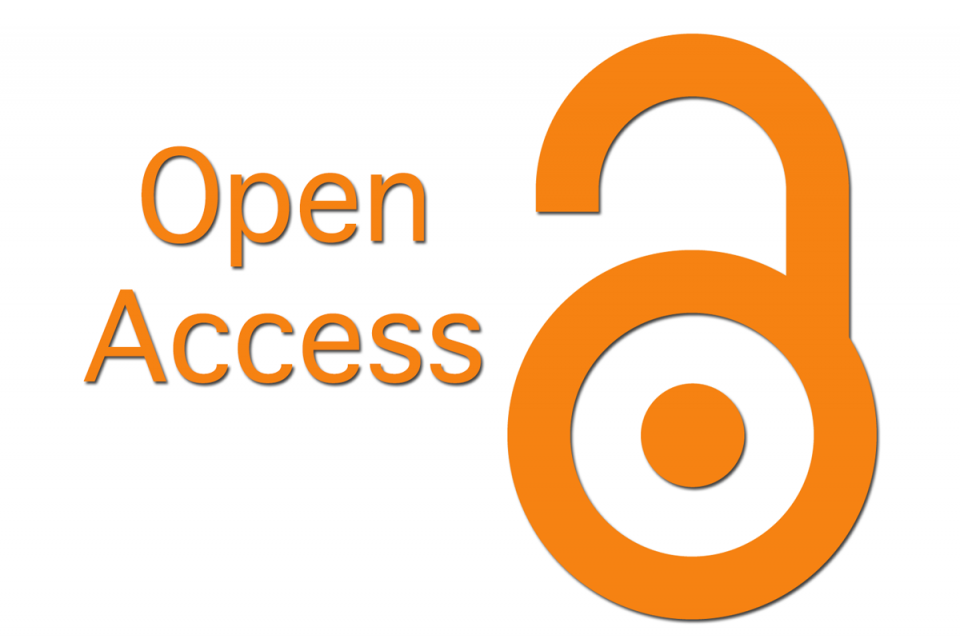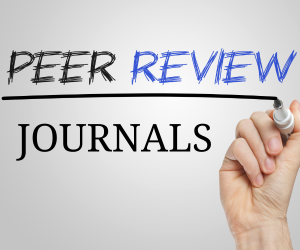“TO DETERMINE CORRELATION BETWEEN ULTRASONOGRAPHIC VIEW OF AIRWAY AND CORMACK-LEHANE CLASSIFICATION BY DIRECT LARYNGOSCOPY”
DOI:
https://doi.org/10.48047/Keywords:
Airway ultrasound, Cormack-Lehane classification, difficult intubation, ultrasonography, direct laryngoscopyAbstract
Predicting difficult intubation is crucial for airway management in anesthesia practice. The Cormack-Lehane (CL) classification obtained via direct laryngoscopy (DL) is the standard for assessing glottic visualization. However, it is subjective and operator-dependent.
Ultrasonography (USG) has recently emerged as a promising, non-invasive tool for airway assessment by providing objective measurements of anatomical predictors.
Downloads
References
Mallampati SR, Gatt SP, Gugino LD, et al. A clinical sign to predict difficult tracheal intubation: a prospective study. Can Anaesth Soc J. 1985;32(4):429-434.
Cormack RS, Lehane J. Difficult tracheal intubation in obstetrics. Anaesthesia. 1984;39(11):1105-1111.
Ezri T, Gewürtz G, Sessler DI, et al. Prediction of difficult laryngoscopy in obese patients by ultrasound quantification of anterior neck soft tissue. Anaesthesia. 2003;58(11):1111-1114.
Downloads
Published
Issue
Section
License

This work is licensed under a Creative Commons Attribution 4.0 International License.
You are free to:
- Share — copy and redistribute the material in any medium or format for any purpose, even commercially.
- Adapt — remix, transform, and build upon the material for any purpose, even commercially.
- The licensor cannot revoke these freedoms as long as you follow the license terms.
Under the following terms:
- Attribution — You must give appropriate credit , provide a link to the license, and indicate if changes were made . You may do so in any reasonable manner, but not in any way that suggests the licensor endorses you or your use.
- No additional restrictions — You may not apply legal terms or technological measures that legally restrict others from doing anything the license permits.
Notices:
You do not have to comply with the license for elements of the material in the public domain or where your use is permitted by an applicable exception or limitation .
No warranties are given. The license may not give you all of the permissions necessary for your intended use. For example, other rights such as publicity, privacy, or moral rights may limit how you use the material.







